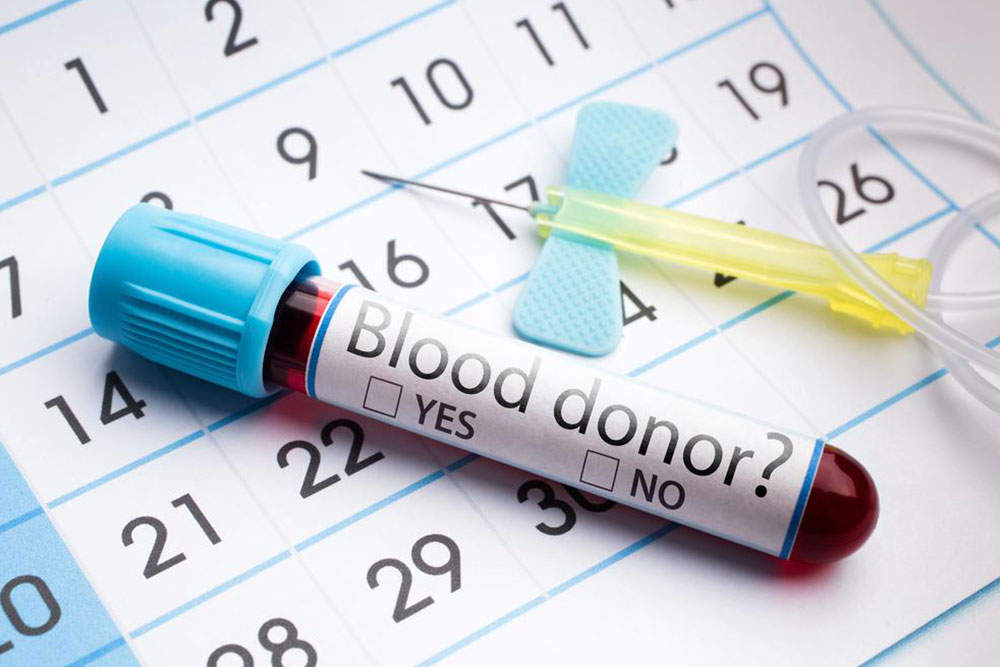An insight into Cord blood banks
Cord blood is the blood in the baby’s umbilical cord. It contains stem cells that can be used to cultivate blood vessels, organs, and tissues.
Cord blood banking involves collecting blood left in your newborn’s umbilical cord and placenta and storing it for future medical use. Cord blood contains stem cells that are potentially lifesaving cells.
For cord blood storage, you have two main options; You can donate your baby’s cord blood to a public cord blood bank for anyone who needs it, or You can store your baby’s cord blood in a private cord blood bank for future use.

Cord blood is collected right after birth. The collection process is painless. It has the following procedure,
Clamping and cutting the cord
After delivering the baby, whether vaginally or by Cesarean, the cord is clamped and cut in the usual way. You can delay cord clamping only for a brief period (not more than a minute or two). If cord clamping is delayed for too long, the blood will clot in the cord. And once the blood gets clotted, it’s of no benefit to anyone thus it can’t be collected for storage.
Collecting the cord blood
The medical provider then inserts a needle into the umbilical vein on the part of the cord that is still attached to the placenta.The blood (some 100 to 150 ml) drains into a collection bag.
Since, Cord blood is a rich source of blood stem cells. Stem cells are the building blocks of the blood and immune system. They can develop into other types of cells, so they can help repair tissues, organs, and blood vessels and can be used to treat a host of diseases.
If a person suffering from a terminal disease has a failed treatment or if the disease reoccurs, the doctors often do a stem cell transplant. A transfusion of stem cells from the bone marrow, peripheral blood (blood in the bloodstream), or cord blood from a healthy donor can help create a new blood and immune system, giving the patient a better chance of making a full recovery. It’s easier to match transplant patients with cord blood than with other sources of stem cells because the cord blood stem cells are less likely to reject the transfusion.

